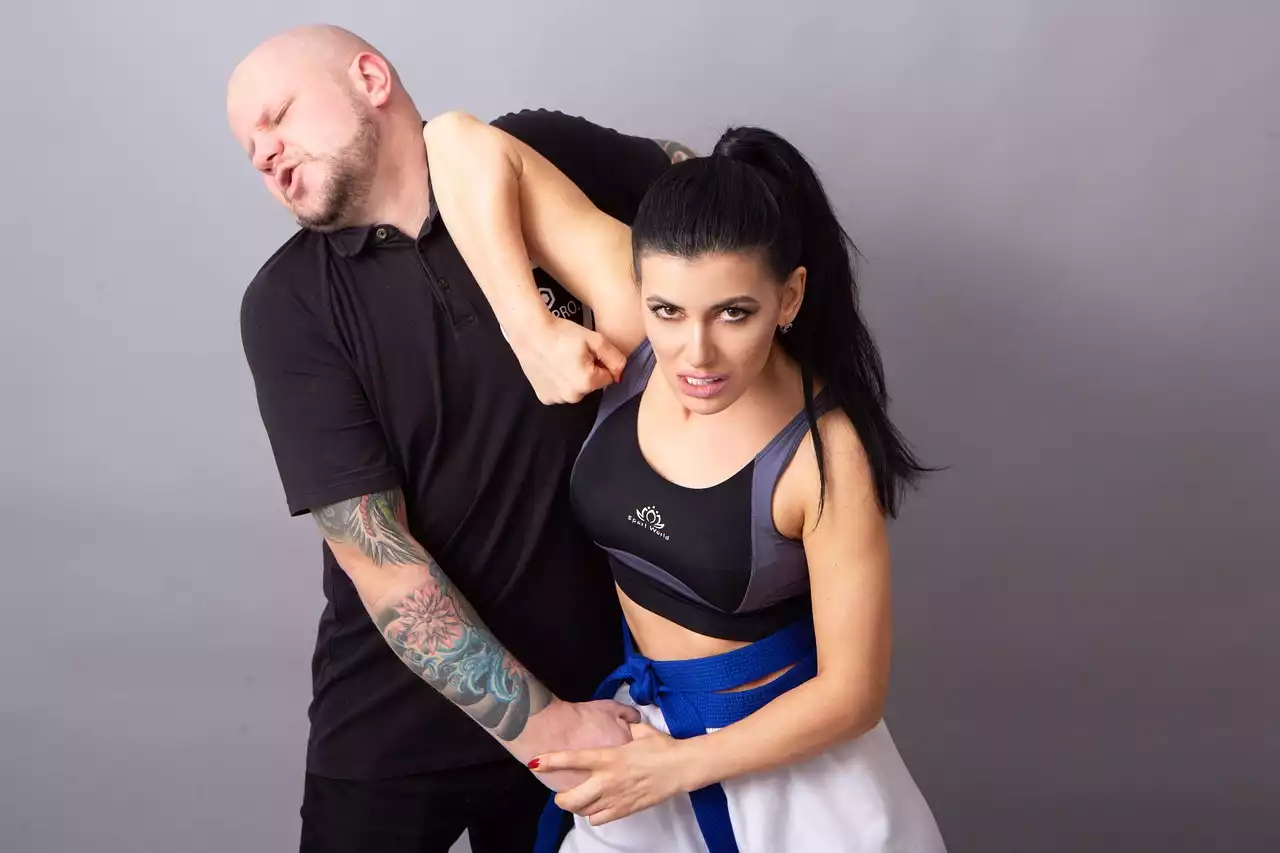Benefits of the Hook Kick
The hook kick is a powerful and versatile technique that can be used in a variety of situations. It is an effective offensive move, as it can be used to strike an opponent’s midsection or head, as well as a defensive move to block an incoming attack. It can also be used to surprise an opponent, as it is a relatively uncommon move in other martial arts. The hook kick can also be used to create distance between yourself and an attacker, allowing you to build up momentum for a counterattack.
The hook kick is also an excellent tool for developing agility and balance. It requires quick reflexes and coordination to execute the kick correctly and can help build up these skills with practice. The hook kick can also help improve your overall balance, as it requires you to maintain your balance while executing the kick.
How to Perform the Hook Kick
The hook kick is fairly straightforward to perform, but requires practice and focus to perfect. To begin, stand with your feet shoulder-width apart and your arms at your sides. Bend your knees slightly and raise your right leg so that it is parallel to the ground. From this position, snap your right leg out and around in a circular motion, striking your opponent with the top of your foot. As you do this, use your left arm to provide balance and maintain your center of gravity.
It is important to keep your body facing forward throughout the kick. This will help you maintain your balance and focus your energy on the kick. Additionally, it is important to maintain a bent knee as you execute the kick, as this will help you generate more power.
The Difference Between the Hook Kick and Other Martial Arts Kicks
The hook kick is unique in that it is rarely seen in other martial arts. This is because the kick requires agility, balance, and precision, which can be difficult to master. Additionally, the kick requires a lot of energy to execute, so it can be difficult to maintain the proper form and power.
In contrast, other martial arts kicks, such as the roundhouse kick, require less precision and agility. The roundhouse kick is also much easier to learn, as it does not require the same level of balance and coordination.
Developing Agility and Balance for the Hook Kick
The most important factor in executing a successful hook kick is agility and balance. To develop these skills, it is important to practice regularly and focus on proper form. Additionally, it is important to focus on maintaining balance throughout the kick, as this will help generate more power and accuracy.
It is also important to practice slow, controlled movements while executing the kick. This will help you develop proper technique and form, as well as help you identify any weak points in your technique. Additionally, it is important to practice with a partner, as this will help you get accustomed to the timing and speed of the kick.
Different Variations of the Hook Kick
There are several different variations of the hook kick that can be used in Taekwondo. These include the low hook kick, the high hook kick, the side hook kick, the spinning hook kick, and the jumping hook kick. Each variation has its unique advantages and can be used to attack or defend against an opponent.
The low hook kick is used to attack an opponent’s midsection and is usually done from a low stance. The high hook kick is used to attack an opponent’s head or chest and is done from a higher stance. The side hook kick is used to attack an opponent’s side, and the spinning hook kick is used to attack from multiple angles. The jumping hook kick is used to attack an opponent from a higher level and can be used to surprise an opponent.
Training Tips for Learning the Hook Kick
Learning the hook kick can be difficult and requires patience and practice. Here are some tips to help you learn the kick:
- Focus on proper form and technique. Make sure you are maintaining your balance and using the correct technique while executing the kick.
- Practice with a partner. This will help you get used to the timing and speed of the kick.
- Practice slow, controlled movements. This will help you identify any weak points in your technique.
- Practice with different variations. This will help you develop your skills and become more comfortable with the kick.
- Focus on developing agility and balance. This will help you generate more power and accuracy with the kick.
Common Mistakes When Performing the Hook Kick
When learning the hook kick, it is important to avoid common mistakes. Here are some of the most common mistakes when performing the hook kick:
- Not maintaining your balance. This can cause you to lose power and accuracy with the kick.
- Not using the correct technique. This can cause you to lose power and accuracy with the kick.
- Not focusing on agility and balance. This can cause you to have a slower reaction time and less power with the kick.
- Not practicing with a partner. This can cause you to have a slower reaction time and less accuracy with the kick.
- Not practicing slow, controlled movements. This can lead to sloppy technique and a lack of power with the kick.
Combining the Hook Kick with Other Techniques
The hook kick is a powerful and versatile move that can be used both offensively and defensively. It is also a great tool for developing agility and balance. As you become more comfortable with the kick, you can start to combine it with other techniques, such as punches and blocks, to create a more dynamic and effective attack.











